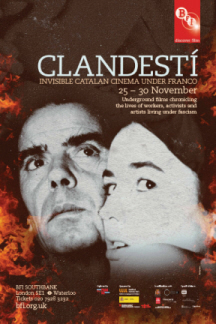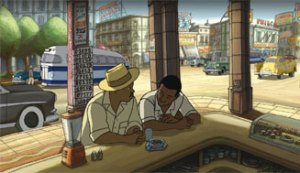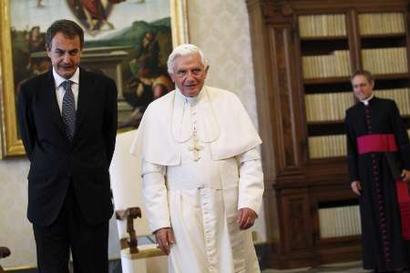Little is known of the hardship the Spanish people experienced under Franco’s dictatorship from 1939 to 1975 due to press censorship and isolationism. However, a new series of films created in secrecy during his regime are set to reveal this suffering first hand, some for the first time.
 Clandestí: Invisible Catalan Cinema under Franco, which takes place tomorrow until 30th November at BFI Southbank, features works produced by a group of Catalan filmmakers who chronicled the lives of workers, activists and artists living in one of the most fierce centres of opposition to the fascist regime.
Clandestí: Invisible Catalan Cinema under Franco, which takes place tomorrow until 30th November at BFI Southbank, features works produced by a group of Catalan filmmakers who chronicled the lives of workers, activists and artists living in one of the most fierce centres of opposition to the fascist regime.
These brave artists were connected with workers’ movements and outlawed opposition parties, such as Santiago Carrillo’s Communists, and managed to distribute their film through recreation centres, private homes, cinema clubs, universities and schools. Many of the films have no credits in order to protect the identities of their participants. Continue reading









Sex sells manifestos in Catalan elections
28 NovAs the Catalans go to the ballots today after an election campaign dominated by sex and distasteful content, voters are left wondering why the parties went to such lengths to win their vote, and whether it will pay off.
With over 280,000 hits on You Tube, the Socialist Party’s video ‘Votar es un plaer‘ (Voting is a Pleasure), which shows a woman voter reaching orgasm at the ballot box, looks set to scoop the popularity prize. The ad was produced by the Young Socialists of Cataluña and aimed to interest young voters with quirky sexual content throughout.
The trend was set two weeks ago by the new Catalan Solidarity for Independence Party who recruited a porn star, Maria Lapiedra, to appear at their campaign rallies. Perhaps this is what’s to be expected from a party set up by Joan Laporta, the former chairman of Barcelona football club. Continue reading →
Tags: Alicia Sánchez-Camacho, Cataluña, Elections, Joan Laporta, Montse Nebrera, Partido Popular, PSOE, Sex